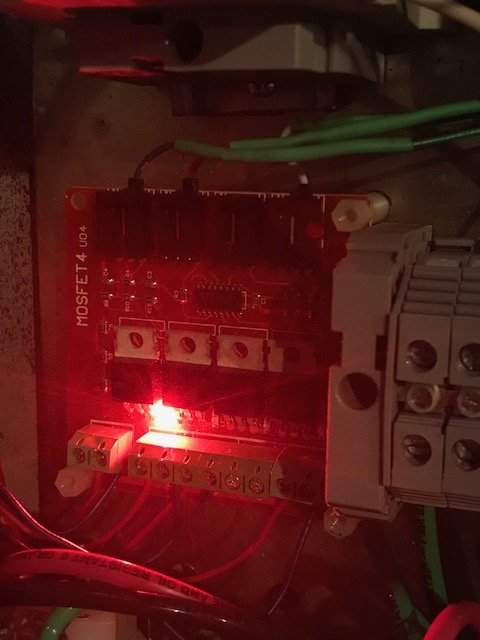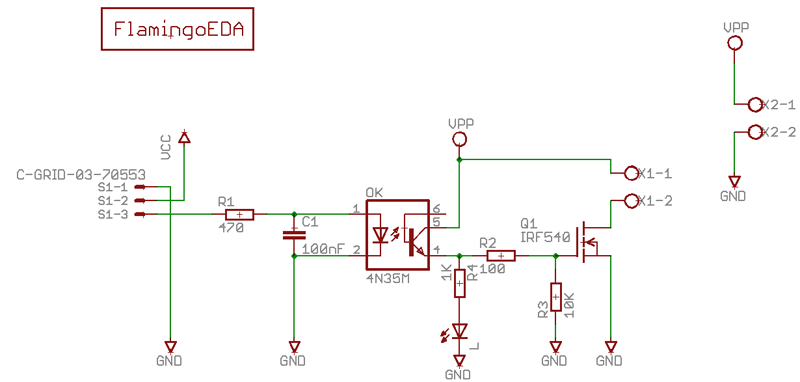Wizard_of_Frobozz
Well-Known Member
Hi all,
FYI we added pressure sensors for those inquiring about measuring liquid volume in their kettles. See https://brucontrol.com/buy/sensors/
Very Nice! Do they have a quick disconnect so the kettle can be moved without yanking the cord out, or do you have to remove the tri-clamp?
Any plans to offer an NPT version? Hooking up a tri-clamp fitting on the side of an Igloo cooler/Mash Tun isn't that easy...



















![Craft A Brew - Safale BE-256 Yeast - Fermentis - Belgian Ale Dry Yeast - For Belgian & Strong Ales - Ingredients for Home Brewing - Beer Making Supplies - [3 Pack]](https://m.media-amazon.com/images/I/51bcKEwQmWL._SL500_.jpg)











































